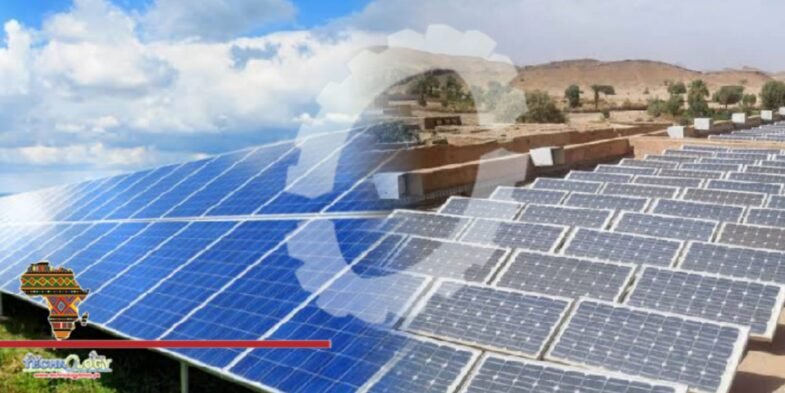The first West African hydro-solar plant was deployed in Ghana in January, with technical support from the USAID & NREL Develop . Once its full capacity is brought online, this hydro-solar plant will put Ghana on track to cut its power sector greenhouse gas emissions by 235,000 tons per year.

As energy demand increases in Ghana, its government is seeking to diversify the country’s energy mix and find innovative ways to integrate variable renewable energy (VRE) into its national grid — particularly wind and solar — to reach its target emissions goals, shift away from fossil fuels, supplement hydro resources during drought periods, and lower energy costs.
To support this effort, in 2017 the USAID–NREL Partnership facilitated discussions with Ghana’s Bui Power Authority (BPA) at an NREL-hosted workshop focused on advanced photovoltaic (PV) plant capabilities USAID & NREL Develop , solar and wind grid integration, and best practices on integrating small-scale and utility-scale VRE into Ghana’s grid. Following the workshop, BPA invited the NREL team to provide additional technical assistance to support BPA with adding power from solar PV to an existing 400-megawatt (MW) hydroelectric dam to cut greenhouse gases, augment the hydro power, and provide energy diversity.
Building on those discussions, USAID’s Power Africa West Africa Energy Program (WAEP) and NREL collaborated with BPA to operationalize the first 50 MW of PV within the existing Bui Generating Station hydroelectric dam site in 2021, with plans to grow PV capacity to 250 MW. Scheduled for completion by late 2022, the plant will also contain a 20-MW-hour battery energy storage system and controls, which the NREL team suggested so the plant can meet existing grid codes for renewable energy resources, manage the variability of solar, and increase the country’s power sector reliability.
Source: cleantechnica
